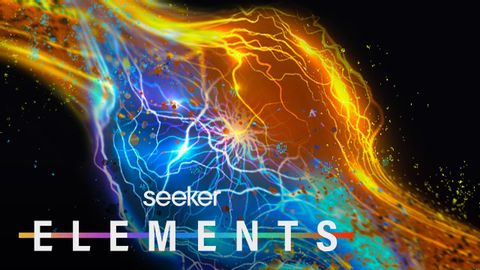
Subtitles & vocabulary
Could This Elusive Particle Reshape the Standard Model?
00
Summer posted on 2021/09/22Save
Video vocabulary
constantly
US /ˈkɑnstəntlɪ/
・
UK /ˈkɒnstəntli/
- Adverb
- Frequently, or without pause
- In a way that is unchanging or faithful
B1
More approach
US /əˈprəʊtʃ/
・
UK /ə'prəʊtʃ/
- Verb (Transitive/Intransitive)
- To get close to reaching something or somewhere
- To request someone to do something specific
- Noun (Countable/Uncountable)
- Means of reaching a place, often a road or path
- Request of someone with a specific goal in mind
A2TOEIC
More matter
US /ˈmætɚ/
・
UK /'mætə(r)/
- Intransitive Verb
- To be of great importance; to count
- Uncountable Noun
- Material all things are made of that fills space
A1TOEIC
More Use Energy
Unlock All Vocabulary
Unlock pronunciation, explanations, and filters
